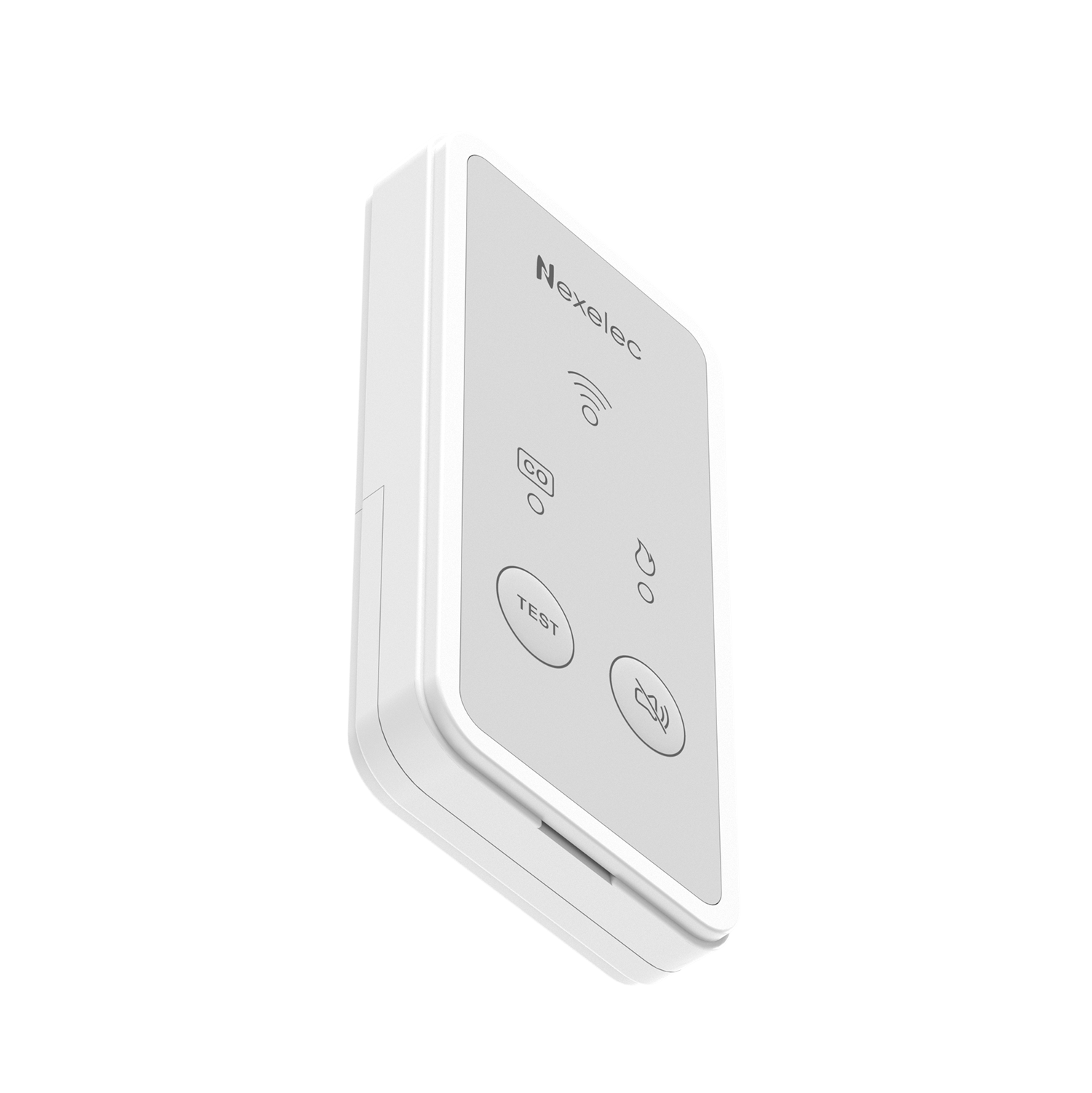RemoteIoT Batch Job Example: Your Ultimate Guide To Remote Since Yesterday
Ever wondered how to manage and optimize batch jobs in the world of RemoteIoT? Well, you're in the right place, my friend! In today's fast-paced tech landscape, understanding RemoteIoT batch job examples is more important than ever. Whether you're diving into remote work, IoT automation, or simply trying to streamline your daily tasks, this article will break it all down for you. So grab a cup of coffee, sit back, and let's dive into the nitty-gritty details of RemoteIoT batch job examples!
Let’s face it—working remotely has become the norm for many of us. But what happens when you need to automate certain processes without being physically present? That's where RemoteIoT batch job examples come into play. These examples are like your digital assistants, helping you manage repetitive tasks and ensure everything runs smoothly even when you're miles away from the office. It's all about making life easier, one batch job at a time!
This article will take you on a journey through the ins and outs of RemoteIoT batch job examples. From understanding the basics to exploring advanced techniques, we’ve got you covered. By the end of this read, you’ll have a solid grasp of how to leverage these tools to boost productivity and simplify your workflow. Let’s get started!
- Discover Zion David Marley Music Influence Amp Legacy Explored
- Decoding Jodie Foster Young Early Career Lasting Impact
Table of Contents:
- What is RemoteIoT?
- Batch Job Basics
- Remote Since Yesterday: The Concept
- Example 1: Data Collection Automation
- Example 2: Remote Sensor Monitoring
- Example 3: Automated Reporting
- Best Practices for RemoteIoT Batch Jobs
- Tools You Need to Know
- Common Challenges and Solutions
- Future Trends in RemoteIoT
What is RemoteIoT?
Alright, let's start with the basics. RemoteIoT is essentially the intersection of remote work and the Internet of Things (IoT). Think of it as a system that allows you to control and monitor devices, collect data, and perform tasks without being physically present. It's like having a virtual assistant that handles all your tech-related chores while you focus on more important things.
RemoteIoT isn’t just about convenience; it’s about efficiency. With the right tools and strategies, you can automate processes, reduce manual intervention, and save time. And when it comes to batch jobs, RemoteIoT offers a wide range of possibilities to streamline your workflow.
- Unveiling Bolly4u South Asian Cinemas Impact On Media Consumption Now
- Who Is Andrew Santinos Wife Everything You Need To Know
Batch Job Basics
Now, let's talk about batch jobs. A batch job is essentially a series of tasks or commands that are executed sequentially without manual intervention. In the context of RemoteIoT, these jobs can range from data collection to system monitoring and beyond. The beauty of batch jobs lies in their ability to handle repetitive tasks efficiently, freeing up your time for more critical activities.
Here’s a quick rundown of why batch jobs are essential:
- Automation: Perform tasks automatically without needing constant supervision.
- Scalability: Handle large volumes of data or tasks without breaking a sweat.
- Reliability: Ensure consistent execution of tasks, reducing the risk of errors.
How Batch Jobs Work
Batch jobs operate by following a predefined set of instructions. These instructions are typically written in scripts or programs that are executed at scheduled intervals. For example, you might have a batch job that collects sensor data every hour, processes it, and generates a report. The key is to ensure that the job runs smoothly and without errors, which brings us to our next point.
Remote Since Yesterday: The Concept
The phrase "remote since yesterday" might sound funny, but it highlights the rapid shift toward remote work and automation. In just a short period, businesses and individuals have embraced the idea of working remotely, leveraging technology to stay productive. RemoteIoT batch job examples are a testament to this shift, offering solutions that cater to the needs of modern professionals.
Imagine being able to monitor your home security system, manage your smart home devices, or analyze sensor data—all from the comfort of your couch. That’s the power of RemoteIoT in action. And with batch jobs, you can automate these processes, ensuring everything runs like clockwork.
Example 1: Data Collection Automation
Data collection is one of the most common applications of RemoteIoT batch jobs. Whether you're gathering data from weather sensors, industrial machinery, or even your smart fridge, automation can save you a ton of time and effort. Here’s how it works:
Let’s say you have a network of sensors deployed across various locations. Instead of manually collecting data from each sensor, you can set up a batch job to do it for you. The job can run at regular intervals, collect the data, and store it in a central database for further analysis. This not only saves time but also ensures that your data is accurate and up-to-date.
Key Components of Data Collection Automation
- Sensors: Devices that collect data from the environment.
- Gateway: A device that connects sensors to the cloud or central system.
- Batch Job: A script or program that automates the data collection process.
Example 2: Remote Sensor Monitoring
Another popular use case for RemoteIoT batch jobs is remote sensor monitoring. This involves keeping an eye on various sensors and devices from a distance, ensuring they’re functioning properly. Whether you're monitoring temperature sensors in a greenhouse or vibration sensors in a factory, automation can make the process much smoother.
For instance, you can set up a batch job to check the status of your sensors every few minutes. If a sensor reports an anomaly, the job can trigger an alert, notifying you or relevant personnel. This proactive approach helps prevent potential issues before they escalate.
Example 3: Automated Reporting
Reporting is another area where RemoteIoT batch jobs shine. Instead of spending hours compiling data and creating reports, you can automate the entire process. A batch job can gather data from various sources, process it, and generate a report in the desired format. Whether you need daily, weekly, or monthly reports, automation can handle it all.
Here’s a simple example: Let’s say you run a small business and want to keep track of your inventory levels. You can set up a batch job to collect data from your inventory management system, analyze it, and generate a report showing stock levels, sales trends, and restocking needs. This not only saves time but also provides valuable insights to help you make informed decisions.
Best Practices for RemoteIoT Batch Jobs
While RemoteIoT batch jobs offer numerous benefits, there are a few best practices to keep in mind:
- Plan Ahead: Clearly define the tasks you want to automate and set realistic expectations.
- Test Thoroughly: Before deploying a batch job, test it thoroughly to ensure it works as intended.
- Monitor Performance: Keep an eye on how your batch jobs are performing and make adjustments as needed.
- Secure Your Data: Ensure that your data is protected and that only authorized personnel have access to it.
Tools You Need to Know
There are several tools and platforms available to help you create and manage RemoteIoT batch jobs. Some of the most popular ones include:
- Node-RED: A visual tool for wiring together hardware devices, APIs, and online services.
- AWS IoT Core: A managed cloud service that allows connected devices to interact with cloud applications and other devices.
- Microsoft Azure IoT Hub: A cloud-based solution that enables secure and reliable communication between IoT devices and your applications.
Common Challenges and Solutions
While RemoteIoT batch jobs offer numerous advantages, they’re not without challenges. Here are some common issues and how to address them:
- Connectivity Issues: Ensure that your devices have stable internet connections to avoid disruptions.
- Data Overload: Use filters and aggregators to manage large volumes of data efficiently.
- Security Concerns: Implement robust security measures to protect your data and devices from unauthorized access.
Future Trends in RemoteIoT
As technology continues to evolve, the future of RemoteIoT looks promising. Some trends to watch out for include:
- Edge Computing: Processing data closer to the source to reduce latency and improve performance.
- Artificial Intelligence: Using AI to enhance automation and decision-making capabilities.
- 5G Networks: Leveraging high-speed, low-latency networks to enable more advanced IoT applications.
What’s Next?
The possibilities with RemoteIoT batch job examples are endless. As more businesses and individuals adopt remote work and automation, the demand for these solutions will only increase. By staying informed and leveraging the right tools, you can take full advantage of what RemoteIoT has to offer.
In conclusion, understanding and implementing RemoteIoT batch job examples can significantly enhance your productivity and streamline your workflow. From data collection to remote monitoring and automated reporting, these tools offer a wide range of benefits. So why wait? Start exploring the world of RemoteIoT today and see how it can transform the way you work!
Don’t forget to share your thoughts in the comments below and check out our other articles for more insights into the world of IoT and remote work. Happy automating, folks! And remember, the future is remote since yesterday!
- Decoding Beauty Exploring The Essence And Allure Of Beauty Defined
- Ali Mcgraw The Story Of An Iconic Actress And Her Films

RemoteIoT Batch Job Example Revolutionizing Remote Work Since Yesterday

RemoteIoT Batch Job Example Your Ultimate Guide To Mastering Remote

What Is RemoteIoT Batch Job Example Remote Remote And Why Should You Care?